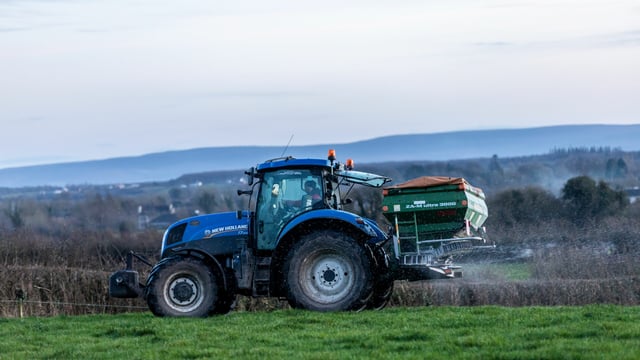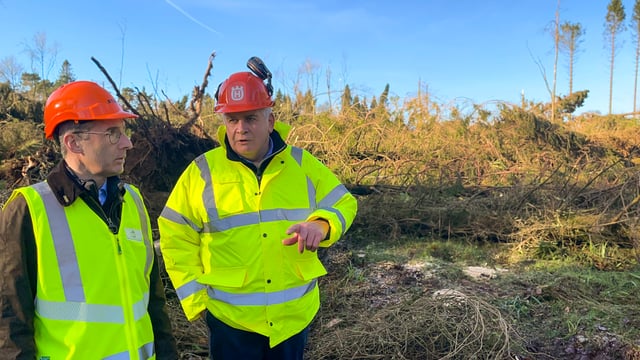Should store cattle buyers switch to rearing calves this year?
The 2025 grazing season is fast approaching (or hopefully at least) and buyers of store cattle for grass generally commence purchasing cattle in advance of the grazing season kicking off.
However, one of the main talking points among farmers currently is the prices being achieved for finished beef cattle and with that, the prices being paid for replacement store cattle.
With prices as high as €4.98/kg reported for suckler-bred weanling bulls this week, there is an expectation that more farmers will opt to rear calves rather than buy store cattle this year.
In a recent post on the Teagasc website, Teagasc's DairyBeef 500 programme manager Alan Dillon said: "In my opinion, this will not or should not happen without deep consideration."
He explained: "It is rare that farmers who constantly change their system ever win. A move from buying yearlings to buying calves may leave extra cash in the system in the short-term, but what do these farmers plan to do in 12 months time when they have no finished cattle to sell?
"These type of scenarios are one of the main reasons for a 60% dropout in the number of calf rearers each year. It’s a long game with calves purchased reaching the marketplace in 2027. Who knows where the market will lie at that stage?"
Dillon outlined that farmers buying yearlings or store cattle have the advantage of "only needing to predict 8-12 months ahead".
With this, the Teagasc researcher examined how expensive yearlings and stores really are.
He acknowledged that store and yearling cattle prices have increased by €200-300/head on the past two years but said that beef price has also.
He said: "A 300kg Angus or Hereford yearling costing €1,100 in early spring has only a low-cost grazing season ahead, followed by a 60-70 day finishing period.
"Taking €400 to cover grazing and finishing variable costs, if current beef prices were to persist, the farmer would have €400/head to cover his/her margin and fixed costs. Not a bad return giving the timeline involved and the level of labour required."
"Calf rearing on the other hand is a different ball game. Farmers that intend on going down this route need to ensure that they are well equipped to deal with all eventualities.
"Sheds need to be cleaned and disinfected prior to calves arriving. Adequate straw needs to be in place and a proper, well ventilated calf shed needs to be operational to ensure no pneumonia outbreaks occur," he added.
"There isn’t any room for skimping on costs with calves and a high-quality milk replacer, along with a good vaccination plan and a good quality calf ration are definite requirements."
While calf-rearing will be an option for some additional farmers this year, it requires a different approach to buying store cattle which generally require a lower level of labour and cost inputs once purchased and careful consideration should be given before deciding on the best course of action.





